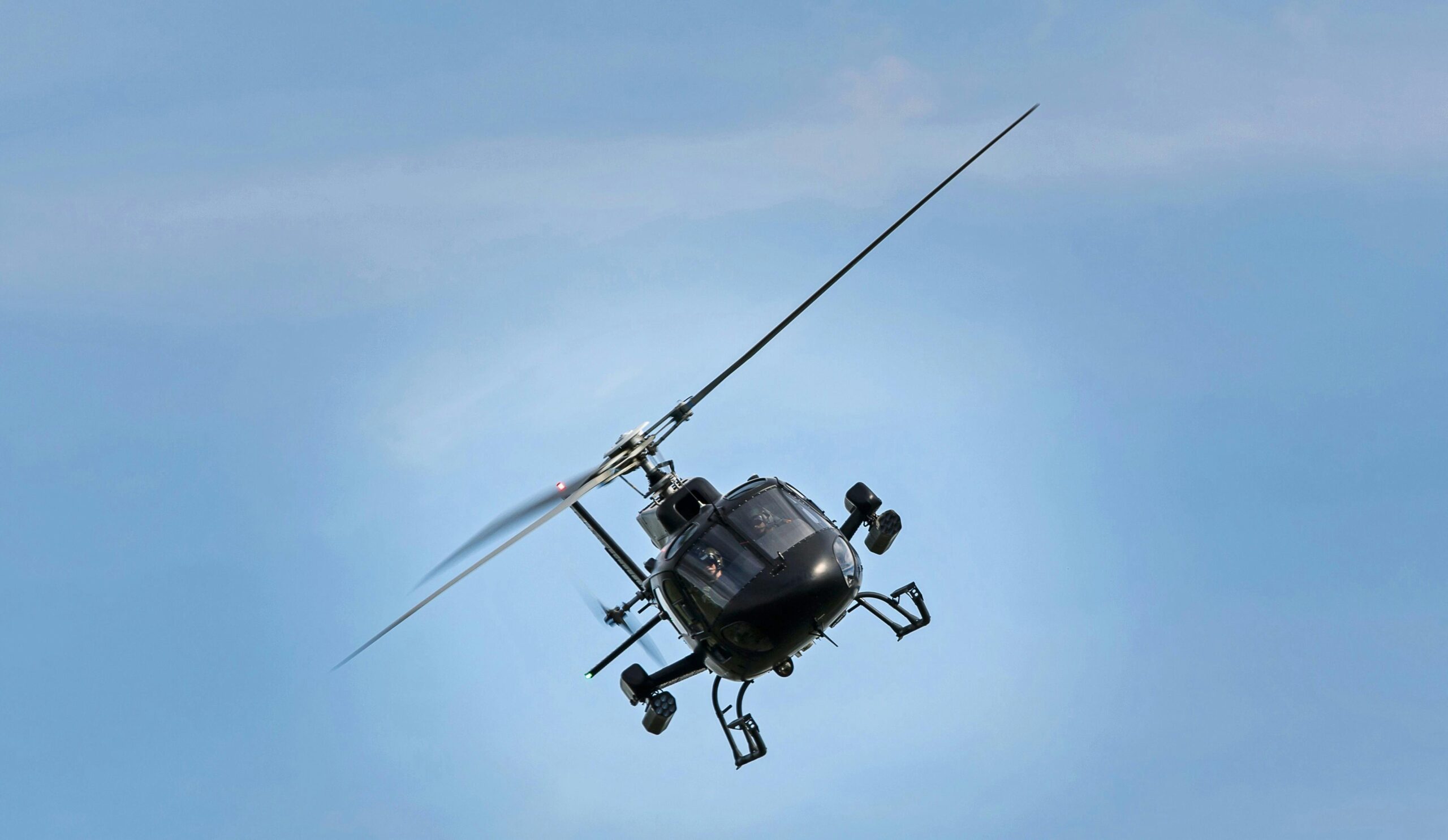
The First Helicopter for Tourism: A Historical Perspective.
The First Helicopter for Tourism: The helicopter has become an attractive means through it one can view centers of interest from an angle that cannot be seen when using other forms of transport. Of all the fields that have adopted the use of helicopters, none has been more important in the recent past than tourism. This paper aims to look at the first tourism helicopter through tracing its development and how it shaped the modern aerial tourism.
From Albatross to the Creation of Helicopter Technology:
Early Developments:
Invention of the Helicopter: Beginning as far back as the 15th century we see Leonardo Da Vinci sketching a flying machine he imagined for vertical flight. But only at the beginning of the twentieth century the truly effective helicopters appeared.
Key Innovators: Accomplishments of such people as Igor Sikorsky and Juan de la Cierva paved the way to creation of the first helicopter prototypes.
There’s no argument about the fact that the first commercial helicopter is an impressive achievement for aviation engineering and fly-off technologies.
Sikorsky R-4: The tradition of using helicopters for civil purposes began slowly with the emergence in 1942 of the first mass-production First helicopter model – the Sikorsky R-4.
Military Use: Precursors to tourism – Military Use of the R-4 Helicopter to Civilian use of the same in the near future.
Helicopter tourism: the new modern way to travel:
The 1950s: A New Era
Post-War Boom: The threat from First helicopters in military use ended with the Second World War, and the period of the forties and fifties found the industry expanding rapidly and helicopters being considered for civilian roles.
Tourism Potential: Businesspeople, as well as fly-lovers, have realized the potential use of helicopters in tourism starting with such places as scenic falls.
Bell 47: It is generally acknowledged that the Bell 47 manufactured in 1946 was the first helicopter designed for tourism. Its design and performance characteristics specified it for scenic flights.
Key Features:
- Ease of access for controlling the aircraft with aesthetically pleasing design which has fully open cockpits to enhance visibility.
- The vehicle hold up to 3 people or a small group because of which, it is ideal for organizing small group tourism.
- It’s reliability and case of operation which was attractive to tour operators.
The Consequences of Helicopter Tourism:
Aerial Tours and Excursions:
Unique Experiences: The creativity of people in the aviation industry made it possible for people get views and spectacular views of landscapes, cities, and natural considerations through First helicopter tours.
Popular Destinations: Soon helicopter tours to recognizable landmarks sites, like the Grand Canyon, Niagara Falls, and Hawaiian Islands became all the rage.
Economic Growth:
Job Creation: Helicopter tourism developed and opened the work place in sectors such as aviation, hospitality, and many other fields of tourism management.
Local Economies: Heli-tours helped to improve local African economies by atracting tourists and revenue for the business establishments.
This paper will, therefore, analyze the evolution of the helicopter tourism.
Advancements in Technology:
Improved Safety Features: In the past decades, innovated in the art of helicopters has made the use of First helicopters safer, thus making aerial tourism more attractive to a larger number of customers.
Modern Helicopters: New generation models are more comfortable than their predecessors, use less noise, and are better equipped for navigation; examples include Eurocopter EC130 and Bell 407.
Diversification of Services:
Variety of Tours: Helicopter tourism has grown into a number of services as follows :
Charter Services: Hire your personal helicopter transportation services for corporate or personal use.
Adventure Tours: Adding helicopter tours to such ground-based experiences as hiking, ski or wine-tasting.
Special Events: Based in Zimbabwe, a company that provides helicopter services for weddings, proposals and any other event of celebration.
Difficulties Encountered in Helicopter Tourism:
Regulatory Hurdles:
Safety Regulations: As for safety regulation, the First helicopter tourism has very limited limitations despite the fact that the regulation may differ from country to country or region to region. It is not necessary that compliance should be cheap and easy for the operators.
Airspace Restrictions: The airspace laws themselves pose major challenges to tour operators: they restrict possible routes and locations.
Environmental Concerns:
Noise Pollution: Helicopter transport may result in growth of noise pollution, and this is usually an area of concern among the inhabitants within the surrounding areas as well as environmentalists.
Wildlife Impact: First Helicopter tours interfere with wildlife especially in the natural regions therefore catalyzing and provoking more responsible approaches to clients.
The Future of Helicopter Tourism:
Innovations on the Horizon:
Electric and Hybrid Helicopters: It can also be forecasted that electric and hybrid First helicopters are to become less noisy and less emitting what will positively contribute to environmental responsible tourist helicopter flights.
Advanced Navigation Systems: Advancements in navigation technology will create safety and smooth operations, flexibility of flight and updated passengers’ experience.
Expanding Markets:
Global Growth: Helicopter tourism is increasing around the globe and the new opportunities for helicopter tourism are Asia, South and Middle America and Africa. That is why with the development of the economy, people increasingly demand new experiences in recreation.
Luxury Experiences: Thus, there was an extension of luxury helicopters revealing unavailability of helicopter rental services for luxury travel the way it is intended.
Conclusion:
The Bell 47 helicopter the first and probably, the most important step towards creating and launching the tour First helicopter business. It unveiled opportunities that offered the ability to admire stunning topography and globally recognized monuments from above. You can contact us here.
With each new advancements that exist in helicopter technology, the tourism industry is expected to experience new innovations, through improved safety, comfort and environmental factors. The prospects for the development of helicopter tourism are quite good, since it is a relatively new type of tourism and offers new exciting air experiences to tourists with various demands.